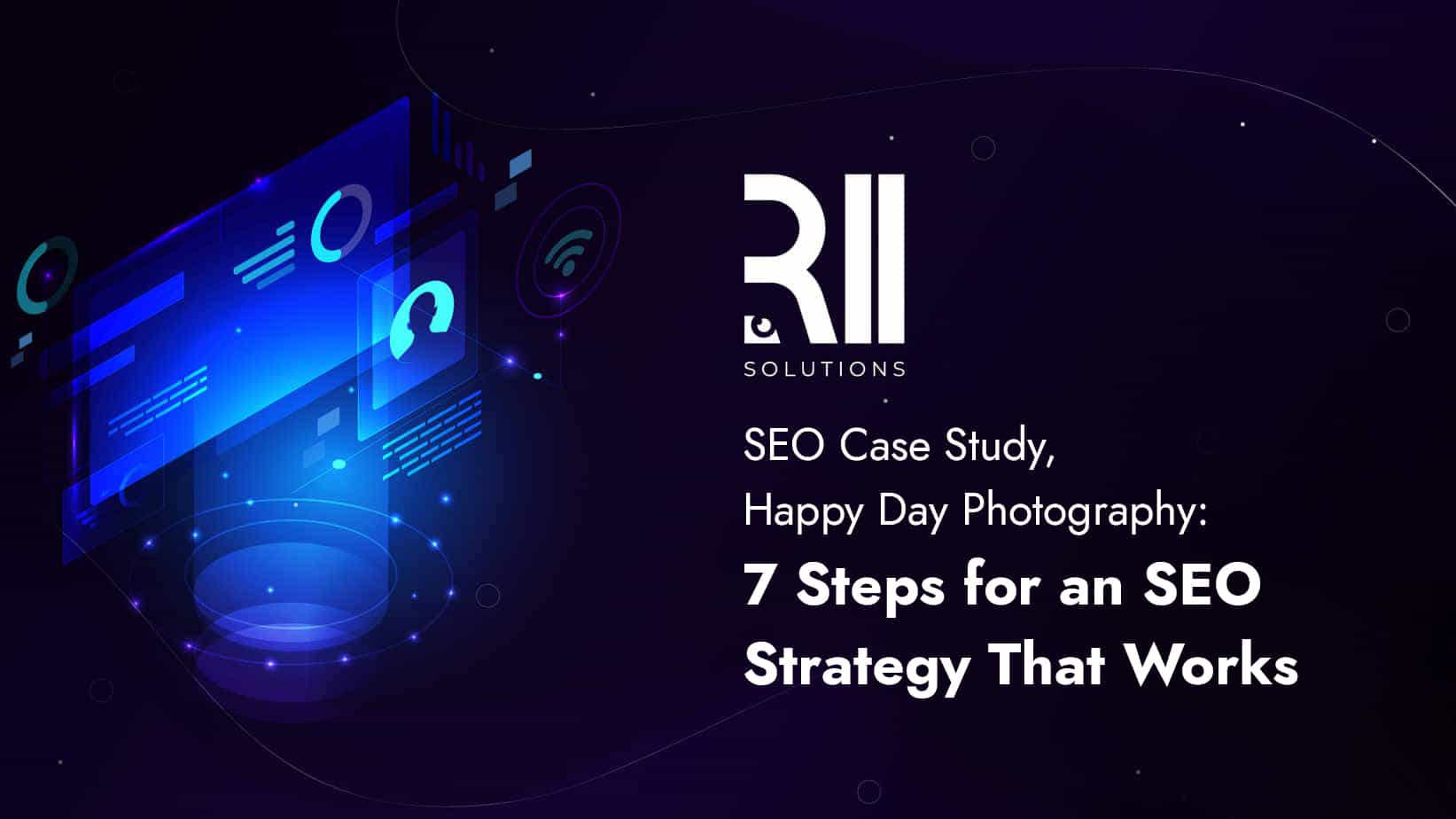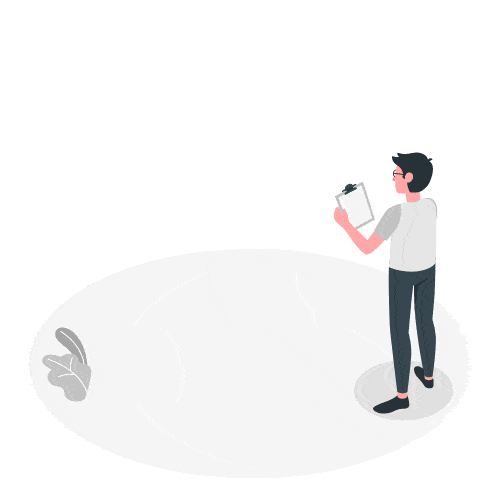
2017 – 2022 © All rights reserved – R11 Solutions

Share the Knowledge
In Part 1 of this series, we talked about the importance of identifying and understanding your target audience, hiring the right professional to write your copy, and how to get your reader to take action once they have read through your copy.
In Part 2, we will talk about creating the proper sequence in your copy to carry the reader through from initial engagement to the ultimate call to action for your website. There are six basic steps in a sales journey:
When someone lands on a web page while browsing, you have only a couple of seconds to grab their attention before they decide to move on to something else. That means that the content “above the fold,” the first content they see, must immediately arrest their attention.
The first thing a reader wants to know when they first land on a web page is:
Your reader is visiting your page because something somewhere indicated that you might be able to help them with a specific problem they have. It may be improving their lifestyle, saving them time, making more money, or educating them about a particular topic. Whatever they see and read in those first few seconds should say, “You’re in the right place. I understand the problem you are dealing with.”
Since, we have become such impatient people; you want to use as few words as possible to communicate this message. Short, strong statements or questions related to pain their problem is causing are the best way to do this. Here are some examples:

– Lose weight fast!
Save time and money
– Having a hard time falling asleep?
Is it time to replace your furnace?
Need a repairman you can trust?
Each of those short sentences quickly identifies a problem that needs a solution: weight loss, saving time and money, falling asleep, aging furnace, a trustworthy repairman.
Immediately following that attention-getting statement, there needs to be something that indicates that you have a solution and what that solution is. Again, keep it short, but compelling. The goal of these two pieces of copy is to get them to scroll further down the page.
If you’re a fisherman, you know that once a fish has taken the bait, you then need to set the hook, so they don’t spit it out and swim away. The same is true with your copy. Their movement down the page is the swallowing of the hook.
Your next piece of copy needs to reinforce the belief that their problem needs to be solved and can be solved. Sometimes this is referred to as agitating or heightening the pain associated with the problem. You can do that by painting a picture of what life would be like with the problem solved.
Instead of telling them about your product or service right away, use your copy to explain the benefits they will experience when they employ your solution to solve their problem.
What will change in their life as a result of your solution? Will there be multiple benefits from one solution, or can they experience unique benefits from each of your different features or products?
Here are some examples of benefits statements that match the five problem statements mentioned earlier:
You let them know you understand their problem. Then you have reinforced the benefits of solving the problem. By now, they should be motivated to move to the next step, learning what the solution is that you are offering.
The fish has swallowed the hook. You have firmly set it. It’s time to start reeling him in by telling him HOW you are going to solve his problem and deliver the benefits you have promised. Be clear but concise.
The answer to your problem is our (product or service).
This is where you can go into more detail about the unique features offered by your service or product. Explain how each feature connects to the benefits you have promised. Highlight unique aspects that might not be available through your competitors.
Most businesses will have multiple ways that they can distinguish themselves from the competition. “Great customer service” is often used in this area of the copy. Be more specific than that. Tell them what makes your customer service “great.”
You have reached a critical point in the sales journey. This is where your visitor starts to think of all the reasons your solution won’t work or why they shouldn’t invest their time or money into this solution. Your job here is to bring those potential objections into the open and eliminate them one-by-one. By doing this you strengthen their belief in your solution and give them an extra boost of motivation to move on to the final stage.

At this point, you might assume the visitor knows what to do next. But they don’t. They know what they WANT to do – buy, access more information, schedule an appointment. What they need from you is to give them specific directions on what YOU want them to do. What is the next step? What action do you want them to take?
Make your call to action very visible and very clear. Button graphics are a common way to do this.
Implementing call-to-actions on specific places on your website will not only improve your CRO. It will also improve your overall website experience. When you make sure your potential customers can find things easily, understand your USP well and you’ve used all these CRO tricks, your user experience will improve as well.
These five steps guide a potential customer through the logical steps of making a decision. The end of the page isn’t the only place to insert a call to action. You never know where a visitor is in their sales journey. They may have already learned what they need to know, and all they want to do is make the purchase. Make it easy for them. Include calls to action above the fold and throughout the journey down the page.
This article is part two of a series that gives guidance on how to create and execute a successful content strategy. Success means that your content will engage your readers, and ultimately, increase CRO across your business. You can find the first article HERE.
Keep an eye out for our next article in the series. In the meantime, visit our website to find out how R11 solutions can elevate you and your business.
2017 – 2022 © All rights reserved – R11 Solutions
Share the Knowledge